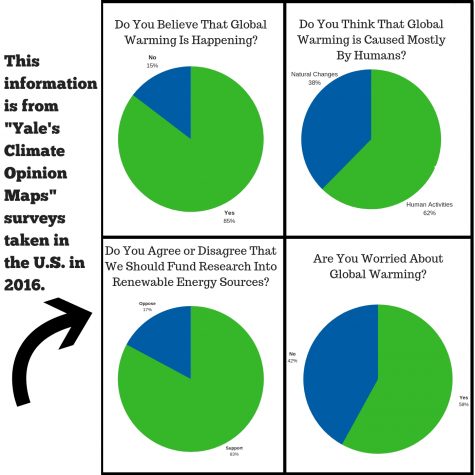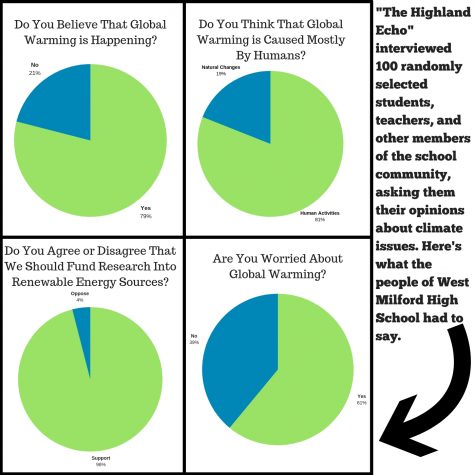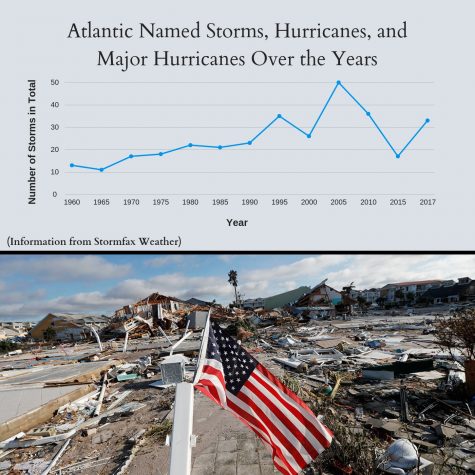Natural Disasters are Increasing… what will you do to prevent them?
Katrina. Ike. Sandy. Matthew. Maria. Harvey. Irma. Florence. These are just some of the hurricanes that have destroyed the East Coast in the past eighteen years alone. Since 1900, in which the deadliest U.S. hurricane, the Great Galveston Hurricane, occurred in Galveston Texas, the numbers have only risen, bringing more costly repercussions, deaths, injuries, and anguish.
Scientific American quoted “Earth’s Future”: investigators explained that Hurricane Harvey pulled the same amount of energy from the ocean, in the form of water vapor (the primary fuel for storms), as it dropped over the land in the form of precipitation (scientificamerican.com). Mark Fischetti from Scientific American explains, “this revelation supports assertions [that] climate change is likely to make Atlantic hurricanes bigger, more intense and longer-lasting than in the past” (scientificamerican.com).
George Tselioudis, a research scientist at NASA Goddard Institute for Space Studies (GISS), explains on the Earth Observatory NASA Webpage, “if we are creating an atmosphere more loaded with humidity [from greenhouse gases], any storm that does develop has a greater potential to develop into an intense storm.”
TIME Magazine’s Amanda Ripley clues readers in to the fact that natural protections are diminishing more as time goes on: the world is losing mangrove forests, wetlands in the Gulf coast, and forests that offer protection every single day as the number of natural disasters rise yearly. She reveals that even after three years after Hurricane Katrina, “southern Louisiana is losing a football field’s worth of wetlands every thirty-eight minutes” (content.time.com).
Not only are our natural protections diminishing, but The Centre for Research on the Epidemiology of Disasters revealed that the number of floods and storm disasters has gone up 7.4% every year in recent decades (borgenproject.org). NASA Earth also alluded to this idea, explaining that “melting glaciers and ice caps will likely cause sea levels to rise, which would make coastal flooding more severe when a storm comes ashore.” They also predict that sea levels will rise 0.36-2.5 feet by 2100.
On predicting one of the many outcomes in the future, NASA explains that “an increase in global temps [could increase the risk of] drought, and [increase] the intensity of storms, including tropical cyclones, with higher wind speeds, a wetter Asian monsoon, and possibly, more intense mid-latitude storms.” These rising temperatures and changes to the Earth not only affect all natural disasters, but it can especially impact hurricanes by making them more intense. “[Because of the heat and water in the atmosphere] and warmer sea surface temperatures could provide [even more] fuel to increase the wind speeds of tropical storms” (NASA Earth).
Whether or not “climate change” is truly happening, the scientific facts of these rising temperatures, destruction of natural protections, and number of Atlantic storms aren’t fake or altered. Since 1960, the number of storms have almost exclusively increased at a steady rate, bringing along with it the rising concern for people’s safety and the repercussions of these major storms.
At the “Highland Echo” we interviewed one hundred random students and staff members at West Milford High School. 61% of these survey subjects admitted that they are worried about global warming; across the nation, 58% of Americans that took the same survey admit that they are indeed worried about global warming.
To join the fight to help our Earth, visit greenpeace.org. To help survivors of major storms like Florence or Michael, visit redcross.org.



